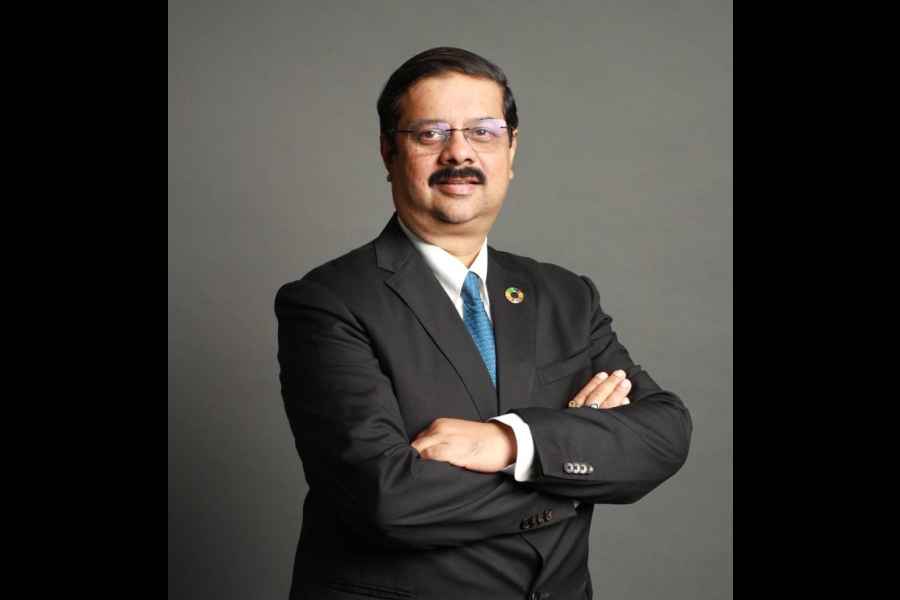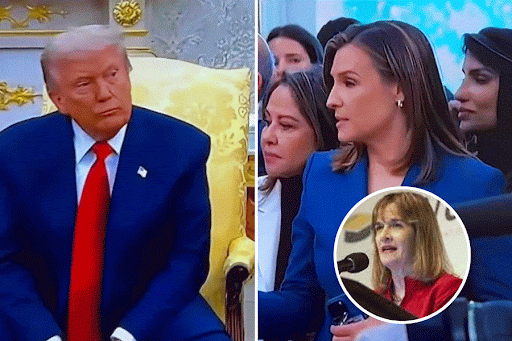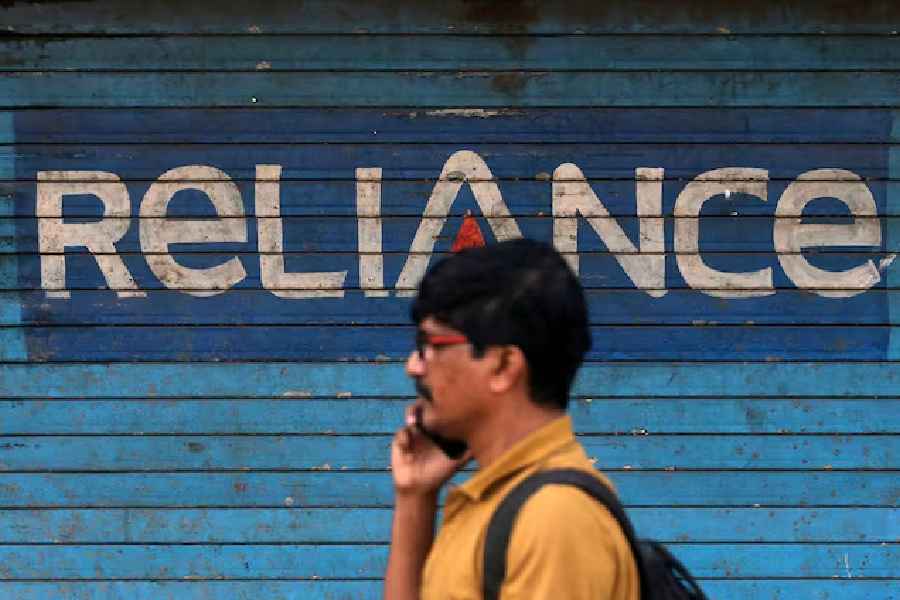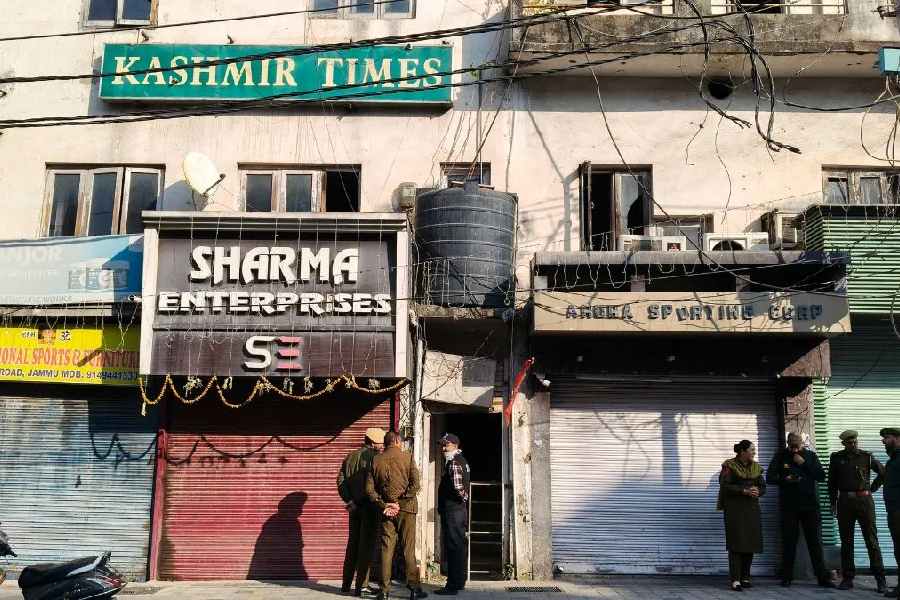Tata Steel signed an agreement with the Dutch government last week, paving the way for up to €2 billion in state funding for a multi-year decarbonisation plan. The company’s ED & CFO, Koushik Chatterjee, tells Sambit Saha of The Telegraph that it would make the Netherlands unit more financially competitive, being carbon cost-efficient with a lower cost structure. He also argued the plan has broad bipartisan support, even as the Netherlands heads for general elections at the end of October.
What does the joint letter of intent mean for Tata Steel Nederland (TSN) and the Tata Steel group?
The joint letter of intent essentially represents a common understanding of the aims and objectives with the Netherlands government and other related stakeholders based on the intense discussions we have had over the last two years. This non-binding letter of intent will now be the basis for progress towards a formal, tailor-made agreement on this multi-year complex project.
There are conditions on both sides that need to be pursued and fulfilled before we can move towards a tailor-made agreement and the final investment decision. So, there is a lot of work to do in the coming months and a fair number of issues to resolve.
What is the present capacity of TSN and BF7, in particular, and what is it likely to be post-transition?
Tata Steel Netherlands produces around 7 million tonnes (mt) of hot metal (iron making) through two blast furnaces and around 6.6 million tonnes of finished steel. The BF 7 is the larger furnace and has a capacity of around 3.5 mt. As part of the transition in the first phase, we will close BF 7 and replace it with the electric arc furnace and keep running the other BF for another decade or so, along with the midstream and downstream facilities.
The Dutch government estimated the transition investment to be anywhere between €4 billion and €6.5 billion. Is this estimate capturing the transition cost for the entire IJmuiden operation or only phase 1?
On the project cost, we are currently in the engineering phase and we are also currently looking at prioritisation, optimisation and sequencing the capital investments over a multi-year period. The capital expenditure, spending and phasing will be ready at the stage of signing the tailor-made agreement and final investment decision.
It’s a complex project and there are multiple sub-elements to the project, including the transition to low carbon steel, addressing health parameters, emissions and immission (quantum of airborne particles in the environment) levels. Hence, we will be better placed to speak on the project cost after we complete the current phase of detailing and assessment.
Our focus for decarbonisation is currently on the first phase. The second phase of decarbonisation is easily a decade away, and the options for the same, including technology choices, could be very different.
Will TSN be structurally stronger and financially more competent post-transition?
It’s a good question, and let me contextualise it. TSN has been a profitable business over the last 17 years since its acquisition by Tata Steel, except for one year during the BF relining. Its average EBIDTA has been around €400 million per annum over 17 years, generating positive free cash flows most of the years, paid dividends, and its standalone balancesheet is almost net debt-free. Our integrated steelworks in IJmuiden in the Netherlands is structurally one of the most competitive sites in Western Europe with its own captive port. The decarbonisation is fundamentally triggered by the carbon economics in the EU, which has increased the carbon taxes significantly under the EU Emission Trading Scheme (EU ETS). Hence, when the upstream BF-BOS technology route is replaced by a DRI and EAF configuration with natural gas feed, it would be a much more carbon cost-efficient with a lower cost structure.
TSN is also undertaking a transformation programme including cost efficiencies, productivity and structural improvements. All these will make it ready for the future transition.
In addition, on the market side, with the introduction of Carbon Border Adjustment Tax (CBAM) in the EU from next year, the EU steel prices are expected to stabilise at a higher level, like in the US. So, we certainly expect that TSN will continue to be financially fit in the future.
Do you expect significant financial support to be required from the Tata Steel group for the transition?
First, this is a long-duration project which will take time to execute, and second, we will assess based on the final project cost, phasing and financing structure. TSN’s current and future performance and cash flows will be one of the key determinants. When we finalise the binding tailor-made agreement, we will be able to disclose the final financing structure.
Can the JLoI survive the new government, which is expected to be sworn in later this year?
This Joint LOI is part of a long political and regulatory process, and there is broad bipartisan support for TSN on the integrated decarbonisation and health programme in the Dutch Parliament.
In recent times, we have seen coalition governments in the Netherlands, and hence, the broader political ecosystem is aware of the project, the importance of sovereign steel security in the current geopolitical landscape and hence the importance of the JLoI being placed in the Parliament. This is intended to ensure political continuity on the other side of the election and with the incoming government.
What does the policy require for the transition from the new government?
We all know that businesses in the same economic area, like the EU, must have a level playing field. So that’s the primary requirement from a policy angle, and we see disparity on energy costs, especially network costs, additional levies on CO2, etc. This creates an imbalance in the competitive structure and affects the investment case. Any capital allocation, including a decarbonisation project, has to have an investment thesis, so the policy asks have been built in as conditions for the final investment decision.
Will restructuring of the workforce precede the transition?
TSN is currently undertaking a major transformation project for future fitness. So, while the decarbonisation project will take many years to execute, the transformation programme by design is more of a here-and-now priority for TSN to be financially and organisationally ready for the transition.










